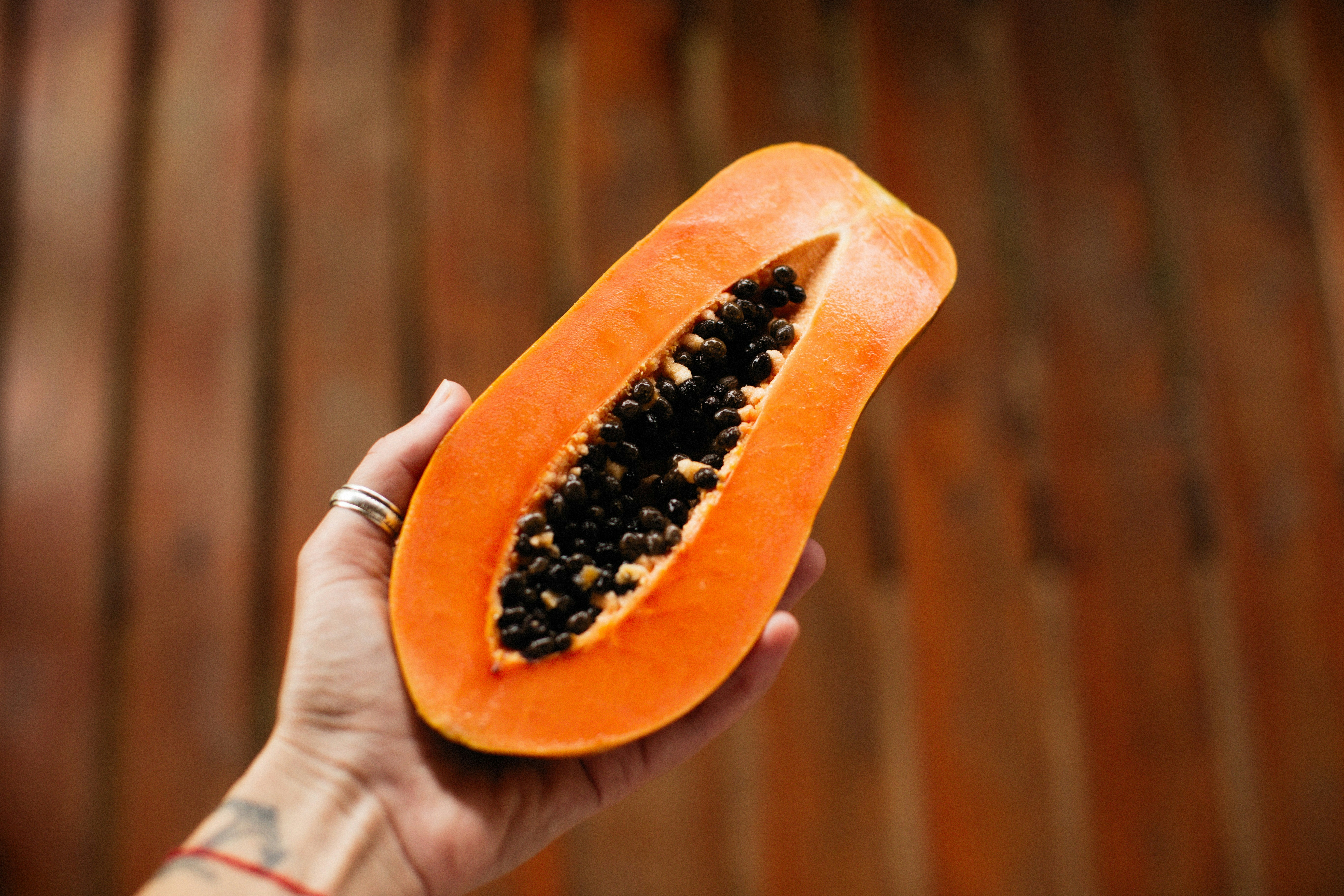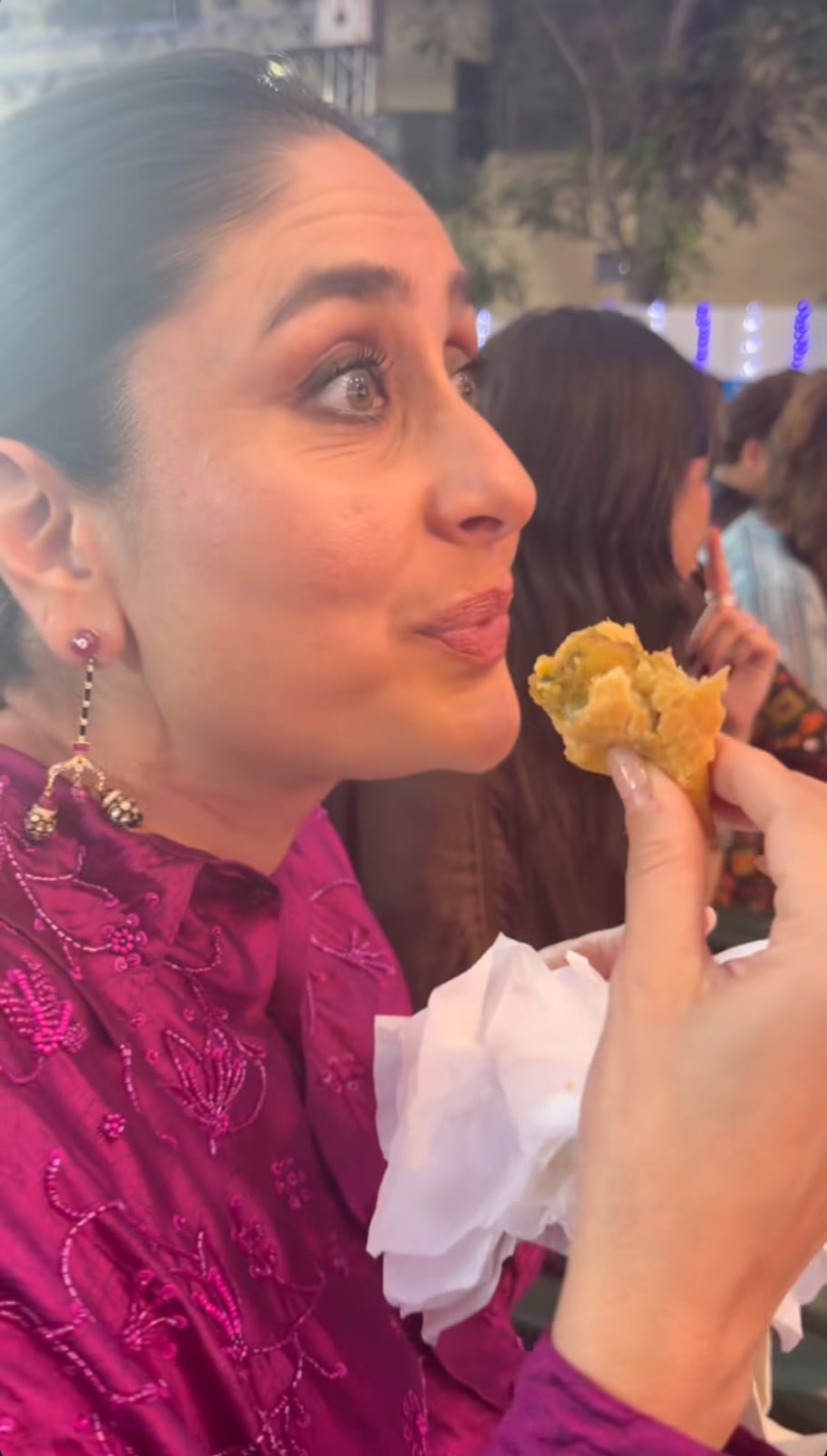Krishna Janmashtami 56 Bhog: Janmashtami is one of those festivals where culture, community, and food come together in the most colourful way. At the heart of the celebration is the tradition of preparing 56 bhogs, a spread of dishes that tells India's culinary story like no other. From creamy kheer and laddus to crunchy pakoras and chila, these bhogs are a mix of sweet, savoury, and fresh flavours that families and communities pour love into every year. The 56 bhogs are not just about taste-they are about heritage, shared history, and coming together. Every Janmashtami, this tradition reminds everyone that food can be a celebration of culture, connection, and creativity.
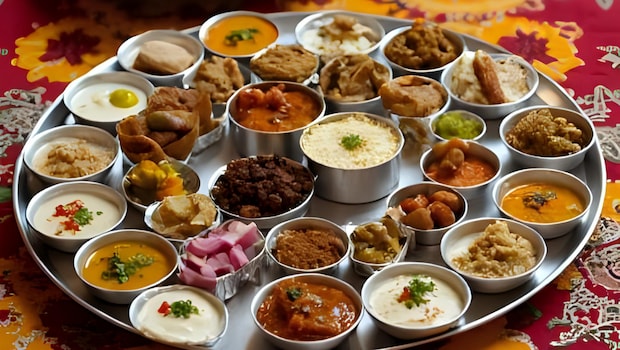
56 bhog thali is one of the key preparations for Janamashtami. Photo: Canva
The Story Behind Krishna Janmashtami 56 Bhog:
The tradition originates from a historical tale in Braj, where Krishna is said to have lifted the Govardhan Hill to protect the local residents. During those seven days, he did not eat, and once the hill was set down, the people prepared 56 dishes-seven days multiplied by eight feeding times each day. Over time, this has evolved into a cultural celebration of culinary variety, tradition, and community participation.
Cultural Significance of 56 Bhogs
According to Bali Murari Prabhu, Director of the ISKCON Youth Forum, the 56 bhogs reflect India's culinary creativity and heritage. Each dish represents artistry, patience, and tradition. Preparing them brings families and communities together, passing recipes from one generation to the next. It is a way to celebrate history, taste, and togetherness through food.
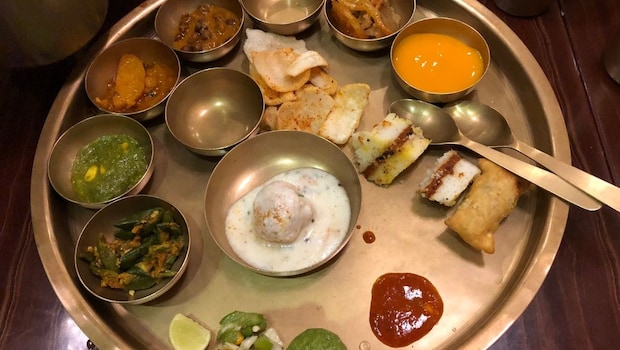
What Goes in Krishna Janmashtami 56 Bhog?
The 56 bhogs include sweet, savoury, dairy, fruits, and nuts. Some of the key dishes include:
Savoury Dishes
- Spinach curry
- Bottle gourd curry
- Kadhi (yoghurt-based curry)
- Khichdi
- Lentils
- Chila (savoury pancakes)
- Pakoras (fritters, including eggplant)
- Tikkis (cutlets)
- Puri (fried bread)
- Roti
- Papad
- Bhujia
Sweet Dishes
- Rice kheer
- Rasgulla
- Rabri (sweet condensed milk)
- Malpua (sweet pancakes)
- Murabba (fruit preserves)
- Shakkarpare (sweet fried biscuits)
- Ghevar (sweet cake)
- Jalebi
- Laddus
- Mohanbhog
- Sweet rice
Dairy and Condiments
- Milk
- Yogurt
- Ghee
- Butter
- Cream
- Buttermilk
- Mattha (spiced buttermilk)
- Lassi
- Coconut chutney
- Mint chutney
- Fennel paan
- Cardamom
Fruits and Nuts
- Mango
- Banana
- Grapes
- Apple
- Plum
- Cashew nuts
- Almonds
- Pistachios
- Raisins
- Coconut water
- Shikanji (spiced lemonade)
- Chickpeas
Visual Presentation of the Bhogs
The arrangement of the bhogs is part of the cultural experience. Colours, textures, and the variety of dishes are displayed in a visually striking manner, often grouped by flavour or type. Sweet dishes contrast with savory plates, fruits are arranged for vibrancy, and dairy items are presented to showcase freshness. This visual harmony adds to the overall celebration of culture and food.
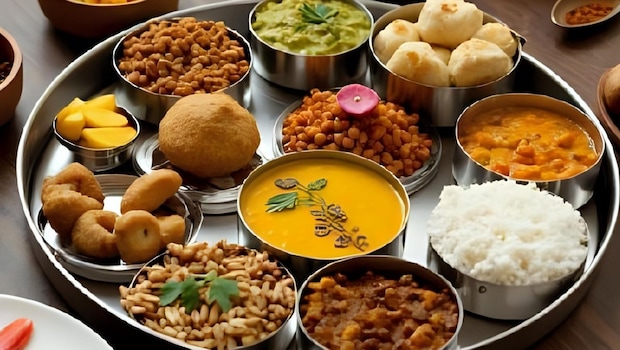
Photo Credit: Canva
Popular and Signature Dishes
Among the 56 bhogs, some are particularly loved for taste or uniqueness:
- Rice kheer for its creamy richness
- Rasgulla for light sweetness
- Moong dal halwa for depth of flavour
- Pakoras for a savoury crunch
- Malpua for its fluffy texture
Highlighting these dishes helps readers connect with flavours while keeping the cultural focus.
Ingredients and Flavours
Many ingredients in the bhogs carry cultural significance. Saffron, cardamom, khoya, and ghee are not only traditional flavours but also reflect India's culinary heritage. These ingredients are chosen to balance taste, aroma, and texture, showing how culture and cooking are intertwined.
Culinary Tips for At-Home Celebration
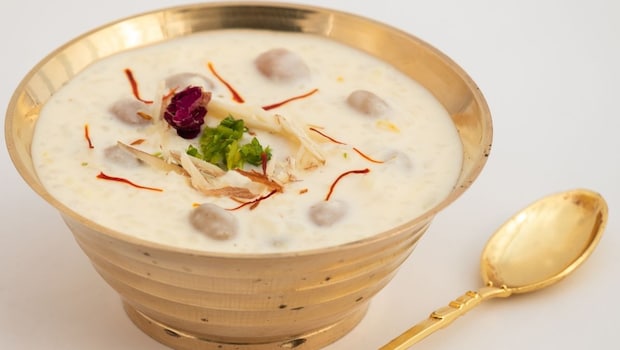
Photo Credit: Canva
Readers can recreate simple bhogs at home during Janmashtami. For example:
- Rice kheer can be made in under an hour with milk, rice, sugar, and cardamom.
- Laddus and shakkarpare are simple sweets that can be shared with friends and neighbours.
- Spiced buttermilk (mattha) offers a refreshing balance to richer dishes.
These practical suggestions allow families to engage with the tradition in a hands-on way.
Quick Facts About 56 Bhogs
- The number 56 comes from seven days multiplied by eight feeding times.
- Bhogs include sweet, savoury, dairy, fruits, and nuts.
- Many dishes are centuries-old recipes passed down through generations.
- Large-scale preparation can take up to ten days in temple kitchens.

Photo: Shutterstock
Regional and Global Variations
The tradition adapts to local tastes and seasonal ingredients across India. ISKCON temples worldwide also prepare simplified versions of the bhogs, ensuring the cultural practice continues outside India and reaches a global audience.
Community and Family Participation
Preparing the 56 bhogs is as much about human connection as it is about food. Families, neighbours, and community volunteers come together to cook, share recipes, and celebrate cultural identity. Younger generations learn techniques from elders, creating a tangible link to history and culinary heritage.
Preparation at ISKCON Dwarka
As an example of large-scale organisation, ISKCON Dwarka begins making all 56 bhogs ten days before Janmashtami. Volunteers coordinate cooking, arranging, and presenting the dishes, turning the temple kitchen into a hub of cultural celebration. Bali Murari Prabhu notes that this process combines community effort, creativity, and tradition on a grand scale.
The 56 bhogs tradition celebrates culture, food, and belief, connecting history with modern life. It highlights India's culinary diversity, preserves traditional recipes, and fosters community participation. Beyond religion, it is a living example of how food can tell stories, bring people together, and create shared cultural experiences.



